
A blog focusing on 1/64 diecast from such popular brands as Hot Wheels, Matchbox, Johnny Lightning, M2 Machines, GreenLight, Tomica, Yat Ming, Majorette, MotorMax, Siku, Corgi, Guisval, Playart, Ertl, Zylmex, Racing Champions, & many more. Swifty's Garage features a daily Car Of The Day and news updates from your favorite brands!
Sunday, January 2, 2011
Car Of The Day: January 2, 2011
Today's car of the day is Matchbox's 1977 Porsche 935.
The Porsche 935 was introduced in 1976, as the factory racing version of the Porsche 911 turbo prepared for FIA-Group 5 rules. It was an evolution of the Porsche Carrera RSR 2.1 turbo prototype which had scored 2nd overall in the 1974 24 Hours of Le Mans.
Beginning with the 1977 season, Porsche offered the 935 to customers which entered the car in the World Championship for Makes, in the IMSA GT championship and in the German Deutsche Rennsport Meisterschaft (DRM). The 935 went on to win the 1979 24 Hours of Le Mans overall, and other major endurance races, including Sebring, Daytona, and the 1000 km Nürburgring. Of the 370 races it was entered, it won 123.
Usually, no other make could challenge the Porsche 935, as due to the availability of customer models, each race at the time typically featured at least five 935s. Racing became entertaining for the crowd at the expense of the diversity of makes. The large turbocharger was used with mechanical fuel injection which caused turbo lag followed shortly by a fireball spitting from the exhaust and an enormous amount of power (up to 800 hp). The dominance of the 935 was ended by the FIA rules changes coming in effect in 1982, when the six numbered groups were replaced by only three groups, A, B and C.
For more information and pictures of the real car please visit: Porsche 935
Here's another childhood survivor. A lot of my cars came through my childhood in fairly decent condition, and this is no exception. A fairly nice example from Matchbox, but big and wide as it comes in at 1/57 scale.
Through 1984 the 935 won over 150 races worldwide, including more than 20 class wins. It scored outright wins in the 1979 24 Hours of Le Mans, and won the 24 Hours of Daytona and the 12 Hours of Sebring six times each. It was also undefeated in the German DRM between 1977 and 1979, posted victories in the IMSA GTX class, and won many races on the famous Nürburgring Nordschleife, including three 1000km Nürburgring. The 935 also took Porsche to victory in the FIA World Championship for Makes each year from 1976 to 1979. In 1980 and 1981, Lancia won the title with their Beta Montecarlo 1.4t, by regularly winning the sub 2.0L category, and occasionally defeating Porsche in the big category. In 1982 Alan Jones the 1980 World Formula 1 Championship drove it to victory in the 1982 Australian GT Championship where it was unbeaten for the whole season. In 1983 the same car in the hand of Rusty French won the championship as well.
The Moby Dick engine was the basis for an all-watercooled 2.65L engine intended for the Indy 500, but rule makers there, remembering the dominance of the Porsche 917/10 turbo and 935, limited its boost so it would not be competitive against domestic machinery. Instead, the engine was used in the 1981 Le Mans winning 936/81, and in the 956 and 962C which would dominate the mid 1980s. Since 1999, this engine block forms the basis of the successful GT3 models.
After Group 5 was discontinued by FIA after 1982, the 935 continued to race in IMSA's GTP category, usually entered by smaller privateer names, who were not permitted by IMSA regulations to race the new Group C Porsche 956. Due to this, the Porsche 962 was introduced to the US market in 1984, fitted with the 935 air cooled single turbo engine. By 1985 the days of the 935 were mostly over as it could hardly be modified to a groundeffect design, with the rear-mounted flat 6 prohibiting a diffusor, an issue which also affects modern 911 race cars. Only a handful of 935's remained, and the car was no longer competitive with the new GTP cars. The 935 was seen in two races in the 1986 season.
The 4 wheel drive Porsche 959, and its racing counterpart Porsche 961, can be considered a high tech successor to the 935, but Group B never got a circuit racing series, and was only used in rallying before being banned there due to its danger. The 1980s had few racing opportunities for turbocharged 911, which often were fitted with 935-style bodywork. Being run by amateurs at the Nürburgring in VLN endurance and in the 24h, they were often banned or at least slowed down by rules.
The 1990s Porsche 911 GT2 based on the 993 is also a successor to the 935, but BPR series and FIA GT rules required a higher weight, and intake restrictors limited power to 550 hp, less than the first 935/76. The Porsche 911 GT1 with its mid-engine and lowered roof has a different concept, though. Starting in 2003, the turbo-charged Porsche 996 of Alzen set new records at the Nürburgring VLN endurance series, with speeds reminding of the 935 era, despite it being also slowed down by minimum weight (1350 kg) and limited boost.
Subscribe to:
Post Comments (Atom)
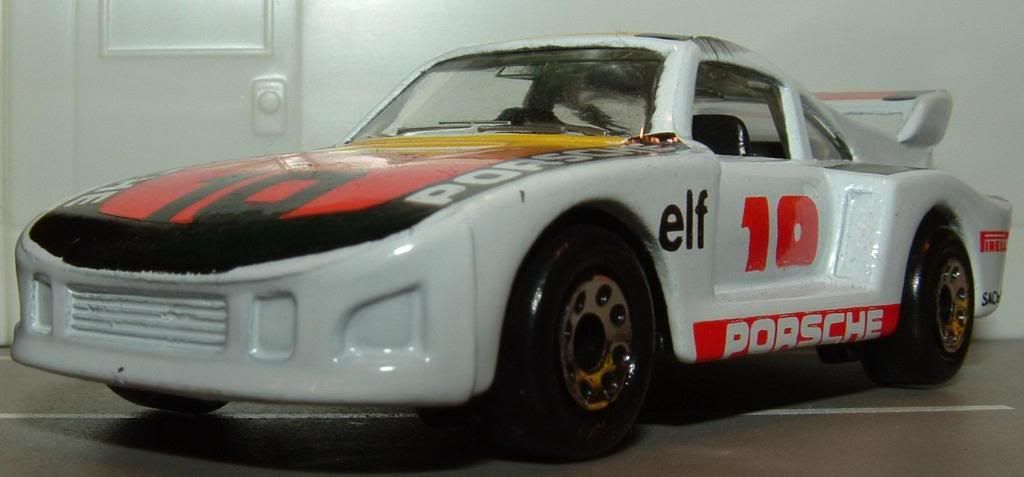
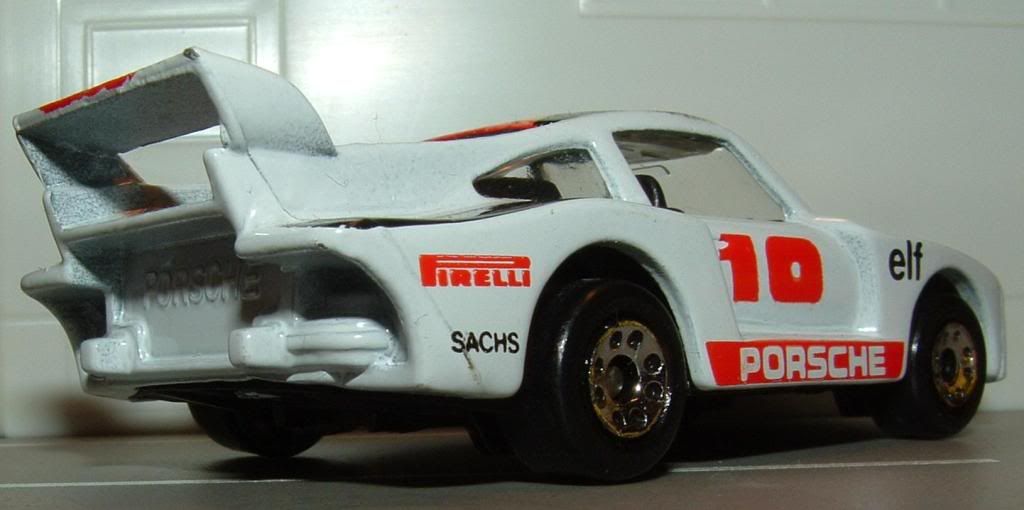
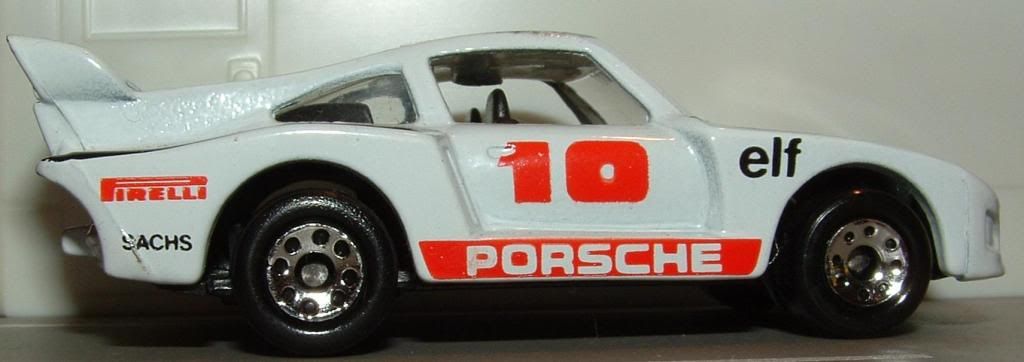
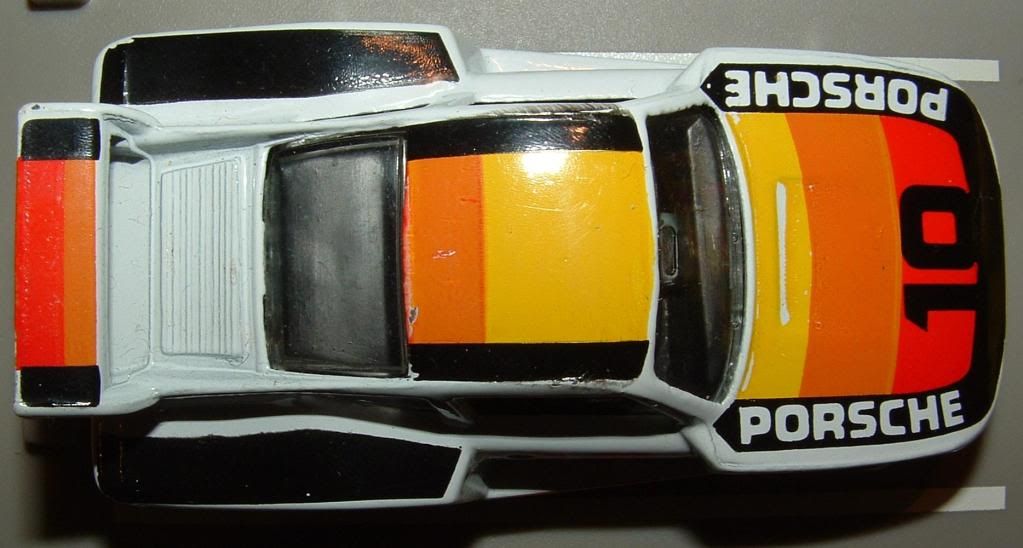

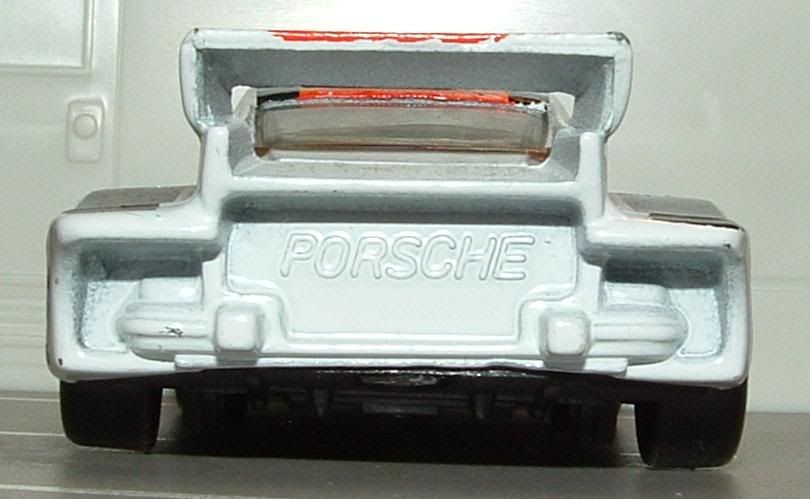
No comments:
Post a Comment